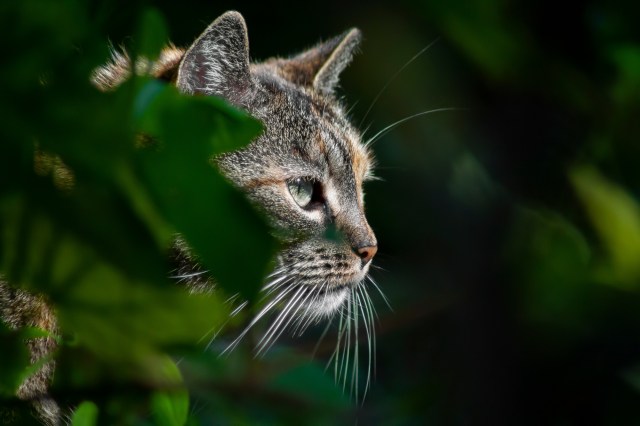The Importance of Professional Feral Cat Trappers in Your Area

Feral cats—often referred to as community or stray cats—are frequently spotted in our neighborhoods. Although they might appear benign, these felines can disrupt local ecosystems and pose risks to public health. This highlights the urgent need for professional feral cat trappers in your community to tackle this growing concern effectively. In this article, we’ll delve into the vital role of professional feral cat trappers and the positive impact they can have on both the environment and your neighborhood.
Protecting Native Wildlife
Feral cats are not native to most areas and can wreak havoc on local wildlife populations. They are skilled hunters that kill millions of birds, small mammals, reptiles, and amphibians each year. This predatory behavior disrupts the delicate balance of the ecosystem and can lead to the decline or extinction of certain species.
Professional feral cat trappers play a crucial role in protecting native wildlife by trapping and removing these invasive predators from the environment. They use humane trapping methods that ensure the safety of both the cats and other animals in the area. By reducing the number of feral cats roaming freely, they help restore natural biodiversity and preserve fragile ecosystems.
Preventing Disease Spread
Feral cats often carry various diseases that can be transmitted to humans and other animals. Some common diseases associated with feral cats include rabies, toxoplasmosis, cat scratch fever (bartonellosis), and various parasitic infections.
Professional feral cat trappers are trained to handle these situations safely and effectively. They have knowledge about disease transmission prevention measures and take necessary precautions during trapping, handling, and transport of feral cats. By removing these disease-carrying animals from communities, they help prevent outbreaks among both humans and domesticated pets.
Managing Cat Overpopulation
One of the biggest challenges posed by feral cat populations is their rapid reproduction rate. A single pair of cats can produce multiple litters each year, leading to exponential population growth. This overpopulation puts a strain on available resources, including food and shelter, and increases the likelihood of disease transmission.
Professional feral cat trappers implement trap-neuter-return (TNR) programs as an effective solution to manage cat overpopulation. They trap feral cats, sterilize them through spaying or neutering, and then return them to their original location. This approach helps stabilize the population by preventing further breeding while allowing the cats to live out their lives in their familiar territory.
Educating Communities
In addition to their trapping efforts, professional feral cat trappers play a vital role in educating communities about responsible pet ownership and the importance of managing feral cat populations. They raise awareness about the impact of feral cats on wildlife and public health while promoting humane solutions.
These trappers collaborate with local authorities, animal welfare organizations, and community members to develop comprehensive strategies for addressing the issue. By engaging with residents and providing information on available resources such as low-cost spay/neuter programs or adoption services, they encourage active participation in managing feral cat populations.
In conclusion, professional feral cat trappers are essential for maintaining a healthy balance between humans, wildlife, and community cats. Their expertise in trapping techniques, disease prevention measures, population management strategies, and community education makes a significant difference in preserving ecosystems and protecting public health. If you’re facing issues with feral cats in your area, reaching out to these professionals can help address the problem effectively while promoting compassion towards these animals.
This text was generated using a large language model, and select text has been reviewed and moderated for purposes such as readability.





